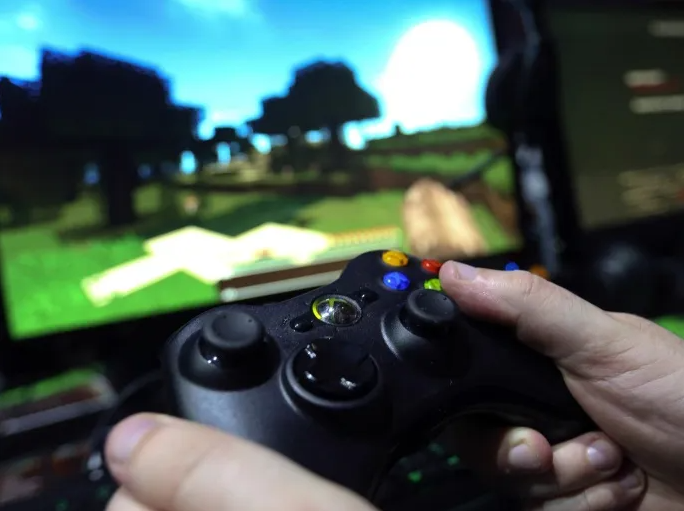
Minecraft: Redefining Education through Gameplay
Usually, when a game attempts to introduce an educational mode, it relies on the information the game developer wishes to convey to the players, such as what Ubisoft did with the recent “Assassin’s Creed” games, which feature an exploratory historical mode set in various eras.
However, Microsoft had a different vision, one enhanced by the unique gameplay style of Minecraft. Microsoft entrusted the task of education to education experts in over 40 countries and 10,000 schools and educational institutions worldwide.
According to Code Monkey, the game contains hundreds of pre-prepared educational programs developed by education experts in various fields. These programs cover a wide range of subjects, including STEM curriculum, languages, history, advanced sciences, programming, and multi-disciplinary digital sciences. Among them are learning experiences that focus on cybersecurity in the third edition of the “Cyber Safe… Good Game” initiative, which aims to provide a suitable educational environment for teaching children cybersecurity and the tools used in it, alongside behaviors that facilitate protecting children and teaching them appropriately.
The pre-prepared educational programs aim to save teachers’ time and facilitate the educational process so that they can focus on assessing children and the homework they receive within the game. With the diverse tools provided by the game, educational authorities can access all the data and experiences that children encounter within the game.
In a simulation experience of the unique game world, each educational program revolves around a different world within the game. Through these worlds, children can play together in an experience that includes more than 30 children at once. Different goals can be set for each learner, and their achievement of these goals can be monitored.
The gameplay experience in Minecraft greatly enhances these efforts, far beyond the standalone educational version. The game provides a fertile environment for creativity and the construction of sub-games and worlds that serve any goal educational institutions seek to achieve, and perhaps this was the real reason behind the game’s success.
The number of players and users in Minecraft for Education cannot be determined separately, as Microsoft does not provide separate numbers for the game and its experience. However, out of 300 million players in 2023, the educational experience garners sufficient interest within the gaming world. If only 10% of its players are present in the Minecraft for Education version, that means more than 30 million connected players at once.
Accessing Minecraft for Education requires obtaining a special version of the game, but this is essential for the school or educational institution, as it receives a special license. Through this license, teachers, students, and parents can access the game world, control it, and monitor their children within this world.
Leave a Reply